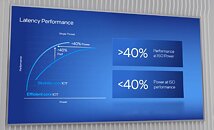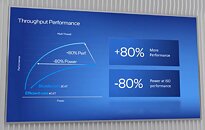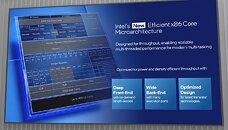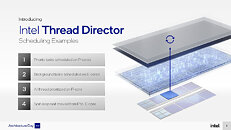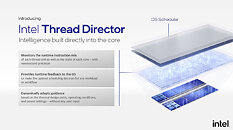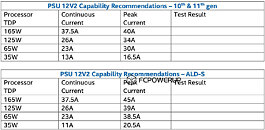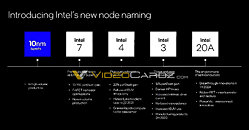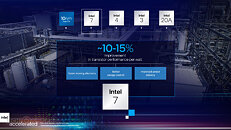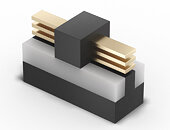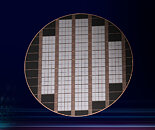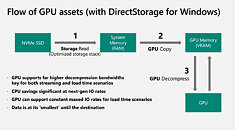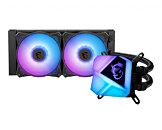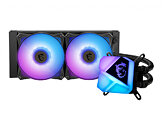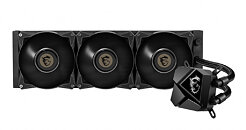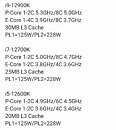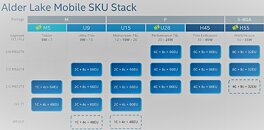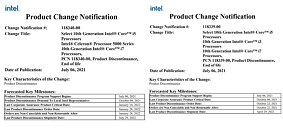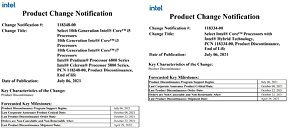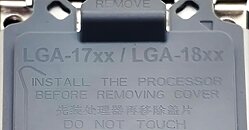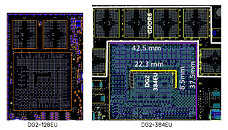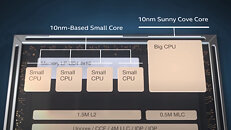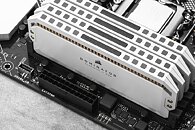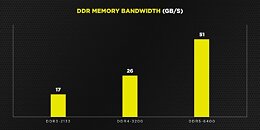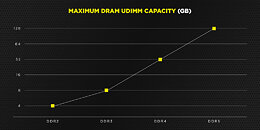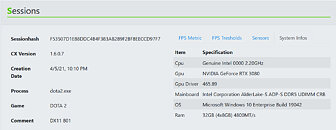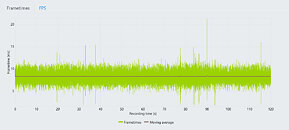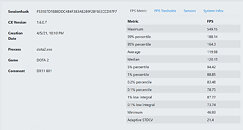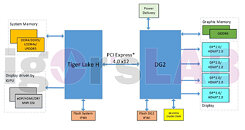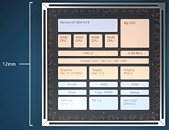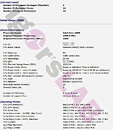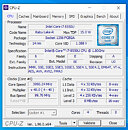
Intel's Secret Sauce at Catching Up with AMD Core Count is the Gracemont E-core and its Mind-boggling Perf/Watt
When early benchmarks of the Core i9-12900K "Alder Lake-S" processor showing performance comparable to AMD's top 16-core Ryzen 9 5950X surfaced, we knew something was up. 8 Intel P-cores and 8 E-cores, are able to match 16 "Zen 3" cores that are all performance cores. Apparently Intel is able to turn its P-core deficit around by taking a wacky approach. First, the 8 "Golden Cove" P-cores themselves offer significantly higher IPC than "Zen 3." Second, the 8 "Gracemont" E-cores aren't as "slow" as conventional wisdom would suggest.
Intel in its Architecture Day presentation put out some astounding numbers that help support how 8 big + 8 little cores are able to perform in the league of 16 AMD big cores. Apparently, on "Alder Lake-S," the 8 "Gracemont" E-cores enjoy a lavish power budget, and are able to strike an incredible performance/Watt sweet-spot. Intel claims that the "Gracemont" E-core offers 40% higher performance at ISO power than a "Skylake" core (Intel's workhorse P-core for desktops until as recently as 2020); which means it consumes 40% less power at comparable performance.
Intel in its Architecture Day presentation put out some astounding numbers that help support how 8 big + 8 little cores are able to perform in the league of 16 AMD big cores. Apparently, on "Alder Lake-S," the 8 "Gracemont" E-cores enjoy a lavish power budget, and are able to strike an incredible performance/Watt sweet-spot. Intel claims that the "Gracemont" E-core offers 40% higher performance at ISO power than a "Skylake" core (Intel's workhorse P-core for desktops until as recently as 2020); which means it consumes 40% less power at comparable performance.
